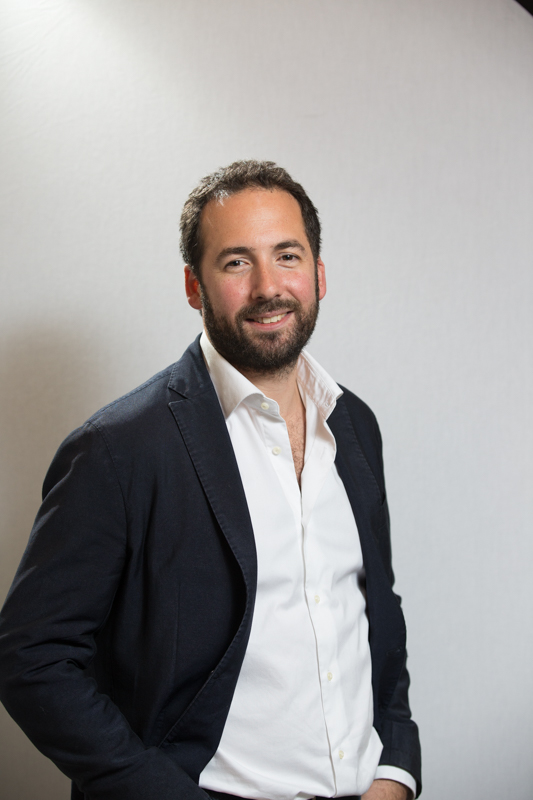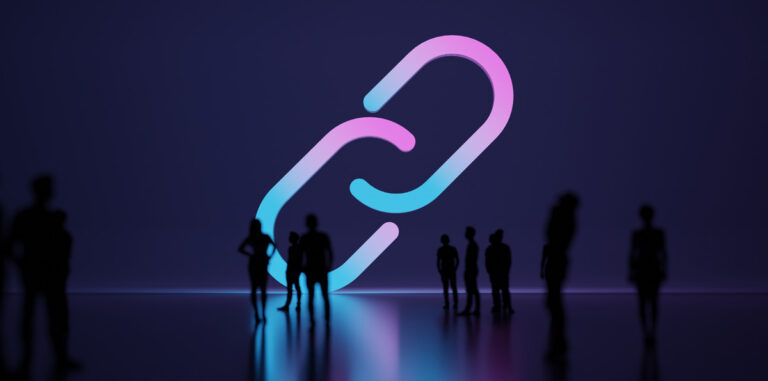Jeremy Arditi, the Miami-based executive recently promoted to Co-CEO of Teads, has interesting views on the key drivers moving the global digital marketing industry. Portada caught up with Arditi and learned about his views on the ChatGPT threat/opportunity, Teads’ growth and revenue breakdown, and more…
Founded in 2011, Teads, the omnichannel platform for digital advertising through quality media, has been one of the protagonists of the ascent of ad tech. That is why Portada caught up with Co-CEO Jeremy Arditi to ask him about his company and the global digital marketing ecosystem.
Jeremy Ardity: Teads Revenue Breakdown and Growth

Broken down geographically, Teads largest markets are the U.S., with approximately 40% of revenues; Europe, slightly less than 40% and Latin America and the Asia Pacific area, with 10% each. (Last week, Teads announced that it is organizing its Latin American organization into four regional units, whose leaders will directly report to Arditi).
According to Arditi, the market growing at the highest rate – “healthy percentages” in Arditi’s words – is the United States—driven by Teads’ out-stream product and new services in CTV and the performance – areas. “Recently, we have invested in performance advertising and solutions for commerce and retail, including in measurement of the lower funnel to become omnichannel. We have seen growth there,” Arditi asserts.
Broken down in branding and performance solutions, Arditi comments that despite the growth in lower funnel revenues, Teads’ business is still 75% an upper funnel branding business because video remains primarily an upper funnel media experience. Interestingly, Google and Meta’s branding/performance ratio is tilted toward performance, as opposed to Teads, with approximately 60% of their revenues residing in performance solutions and 40% in branding. At Teads, “roughly 65% of business is video advertising, 10% display branding solutions, while performance (lower funnel) solutions make up the remaining 25%,” Arditi notes.
In 2017 French telecommunications company Altice bought Teads for US $ 308 million.“We are quite autonomous in the way we operate the business.” Arditi assets: “They are primarily a telco business. However, we have found interesting ways to leverage the data assets (first and zero-party data), particularly in the U.S., where they build interesting products through their Cablevision unit. So we have been able to create a product for close loop measurement of the entertainment community.







